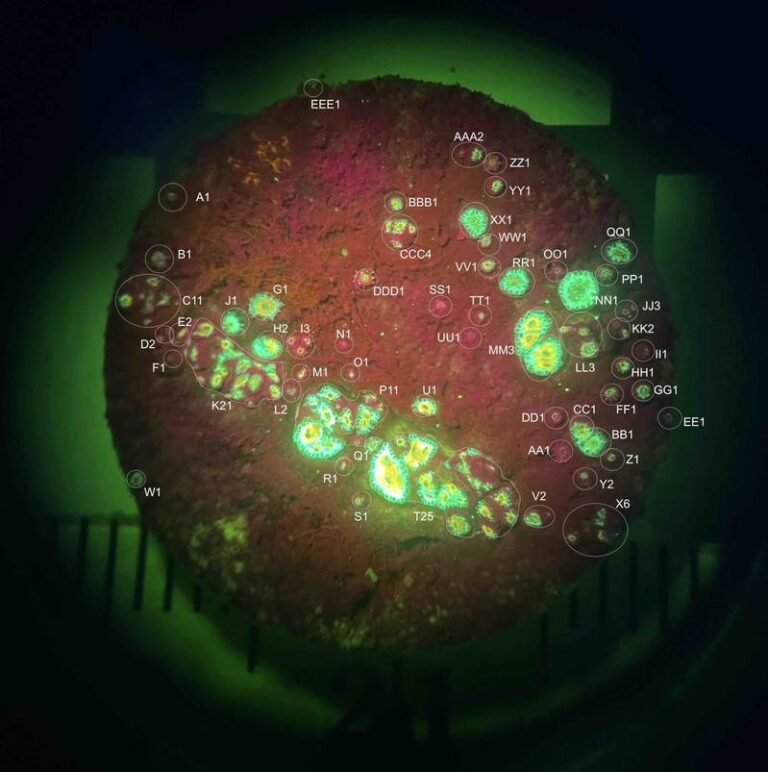The Secret Life of Coral Larvae: A Unique Approach to Coral Restoration
If coral larvae responded to advertising, Dr. Mark Ladd’s pitch could go something like this:
Pssst. I see you drifting by looking for a place to settle, and boy, do I have a deal for you! It’s a modern one-bedroom with a couple of PVC tiles that look just like those hard, rock-like surfaces you favor in the wild, and some shaded overhangings to protect you from things that want to eat you. It’s a great place to start a colony of your own. You know, build out the whole suburban lifestyle. We have a five-star guest rating online, so what do you say?
Dr. Ladd’s “B&B” is part of a groundbreaking research project known as Mission: Iconic Reefs. This initiative, led by NOAA and its partners, aims to restore coral reefs in the Florida Keys National Marine Sanctuary. The project utilizes innovative dwelling structures called calcification accretion units (CAUs), which mimic natural settling surfaces for coral larvae to grow and thrive.
Dr. Ladd, a coral research scientist at NOAA’s Southeast Fisheries Science Center in Miami, explains, “We are interested in coral recruitment because this is a fundamental process for the persistence of coral populations on reefs.”
Restoring the Heart of the Florida Keys
Mission: Iconic Reefs is a long-term endeavor with the goal of outplanting five million corals on key reefs in the Florida Keys. These reefs are vital for the region’s recreation and tourism industry, contributing over $2 billion and 20,000 jobs annually.
Dr. Ladd’s focus lies in understanding how restoration efforts impact coral populations’ ability to sustain themselves through sexual reproduction. By deploying CAUs at strategic reef locations, researchers aim to establish a baseline for measuring the success of coral restoration over time.
Unveiling the Mysteries of Coral Recruitment
Dr. Ladd and his team, including Dr. Jenny Mallon from Nova Southeastern University, have deployed specialized tiles at various Mission: Iconic Reefs sites in the Florida Keys. These tiles serve as a platform to study coral recruitment and assess the effectiveness of restoration efforts.
“This type of research is important because it helps us quantify coral recruitment and determine what, if any, bottlenecks exist in the process,” explains Dr. Katey Lesneski, research and monitoring coordinator for Mission: Iconic Reefs.
Investing in the Future of Coral Reefs
The health of coral reefs is crucial for supporting marine recreational activities in the Florida Keys. NOAA’s commitment to Mission: Iconic Reefs underscores the importance of coral conservation for the region’s economy and ecosystem.
By innovating with CAUs and studying coral recruitment dynamics, researchers like Dr. Ladd are paving the way for sustainable coral restoration efforts in one of the world’s most iconic marine environments.

